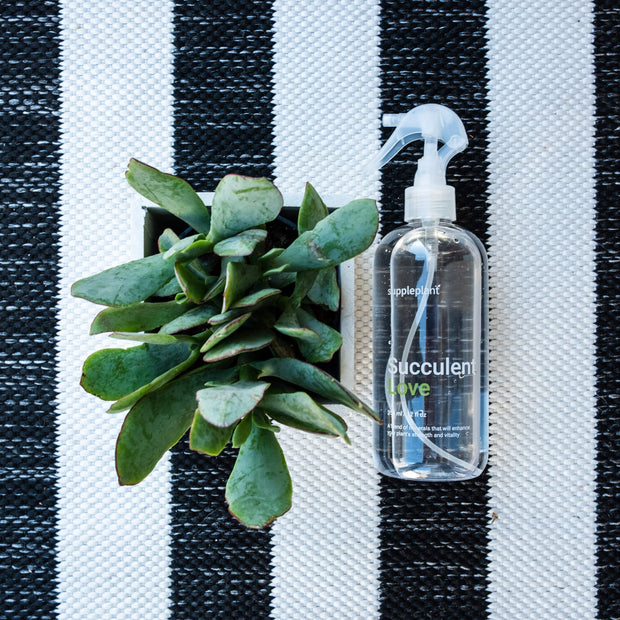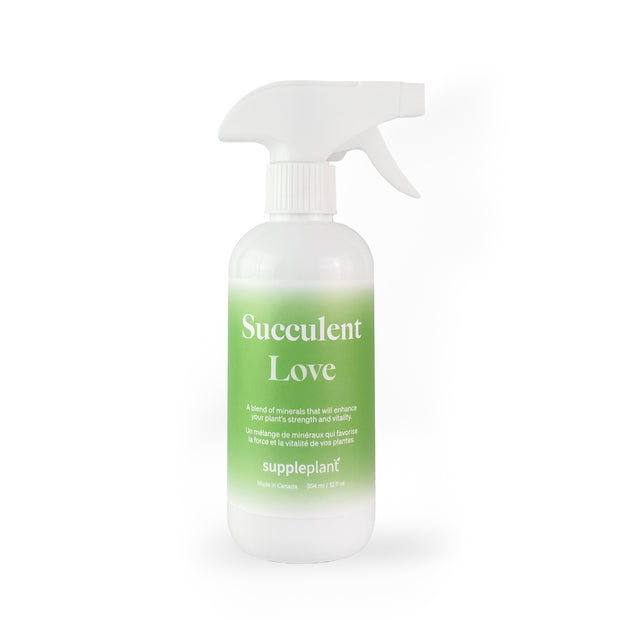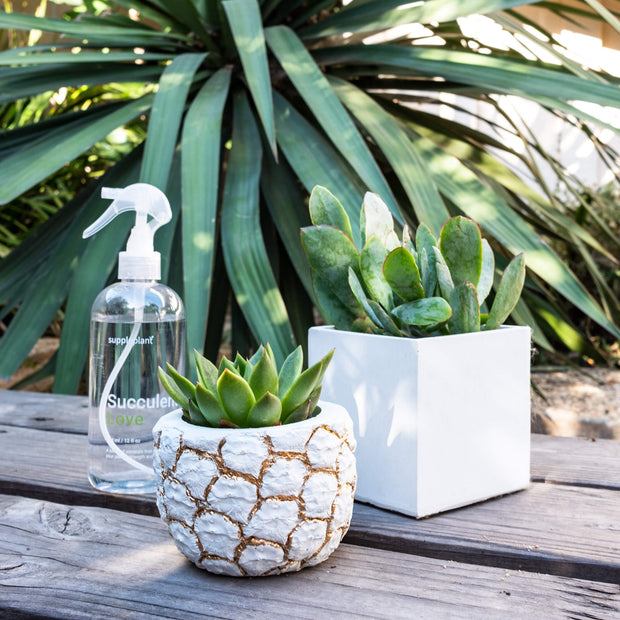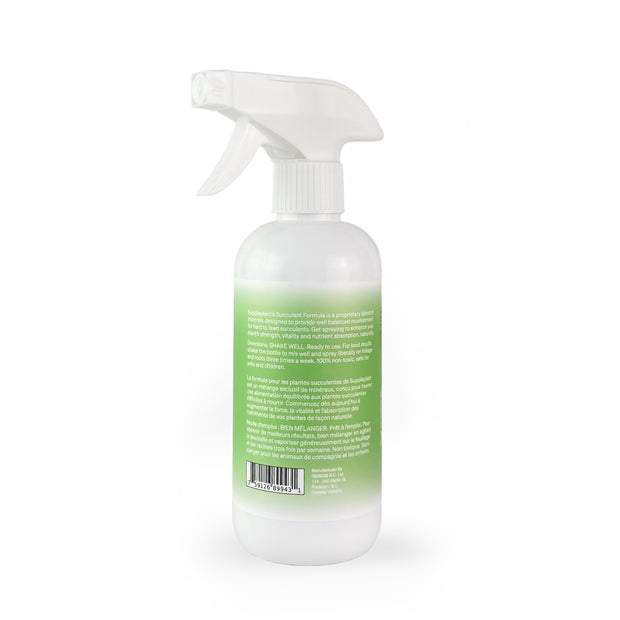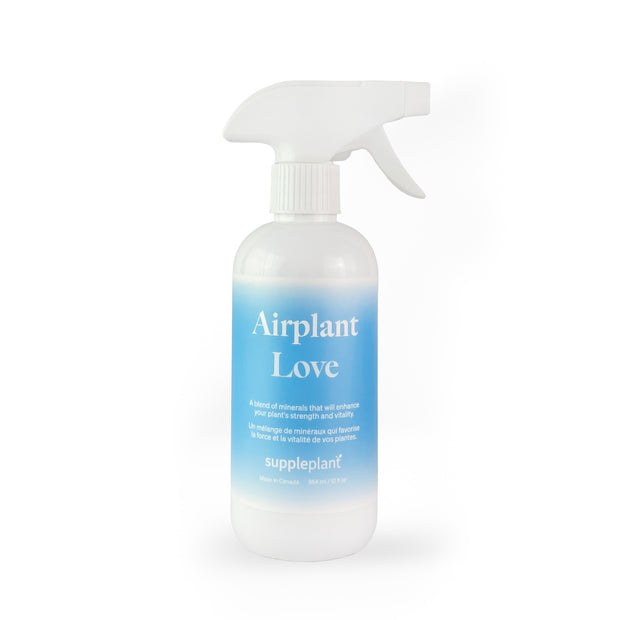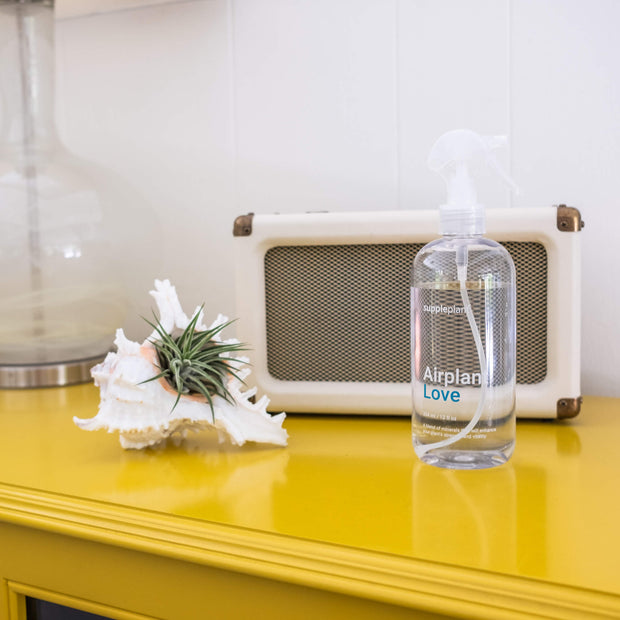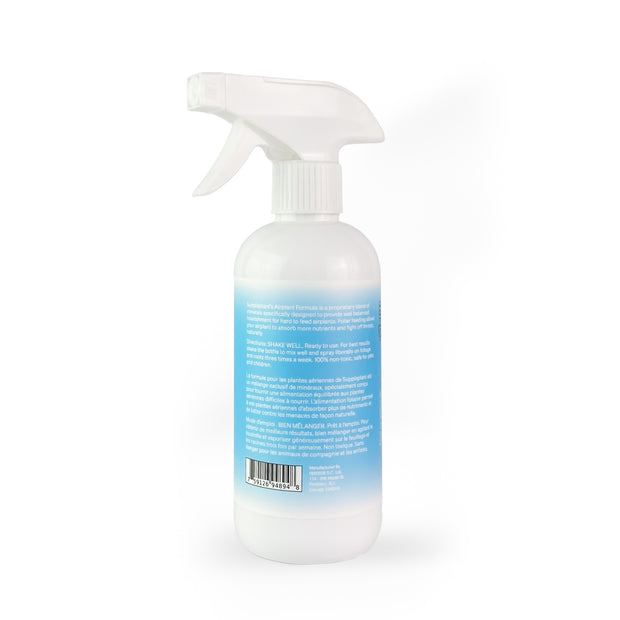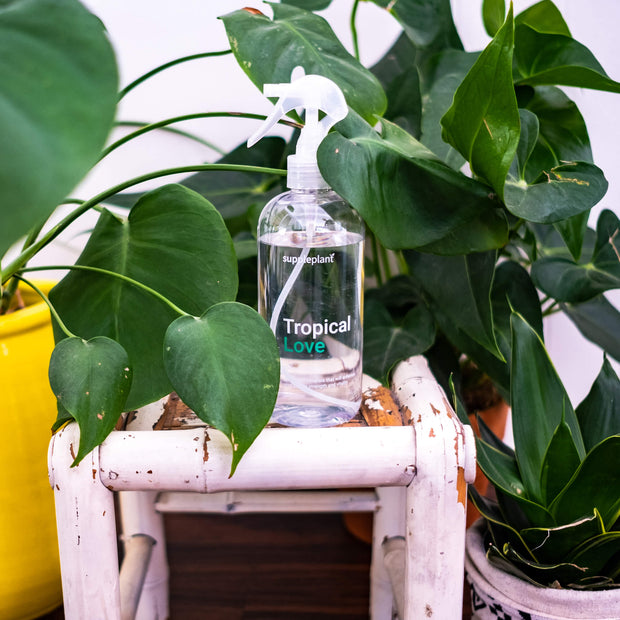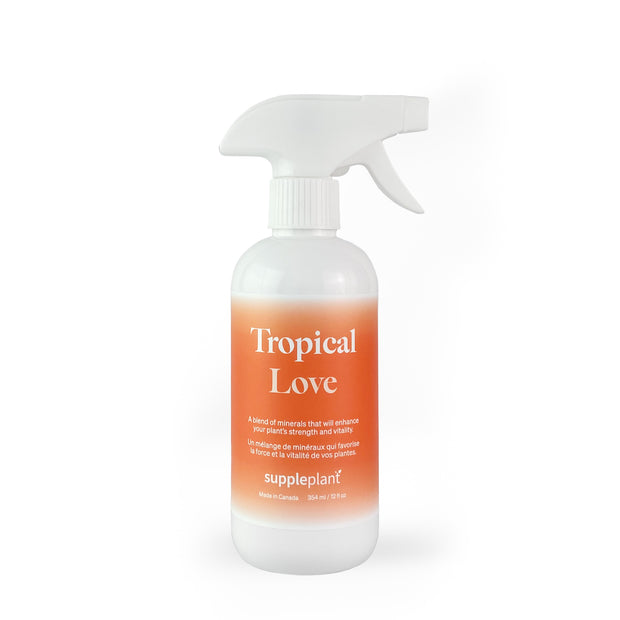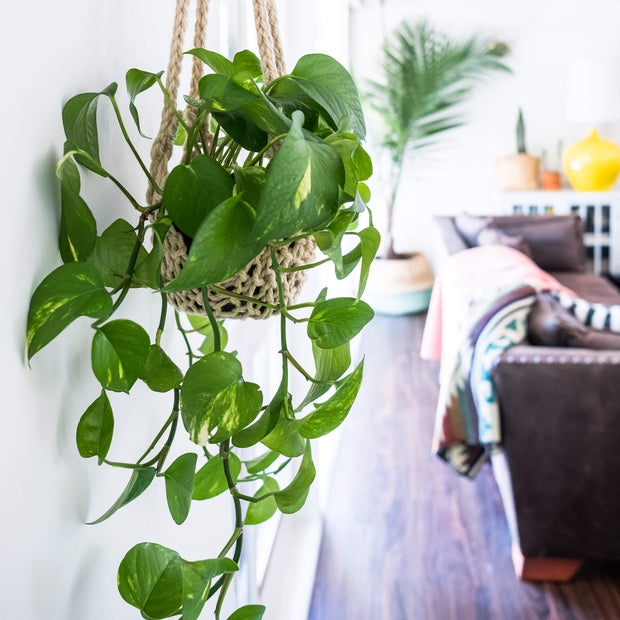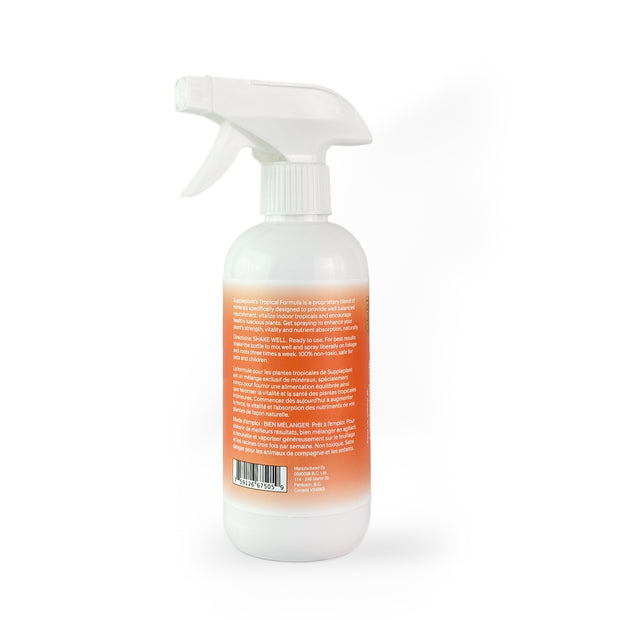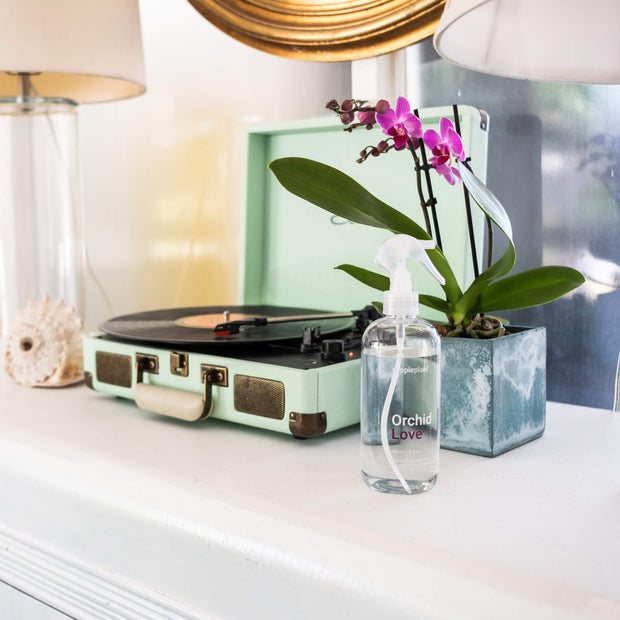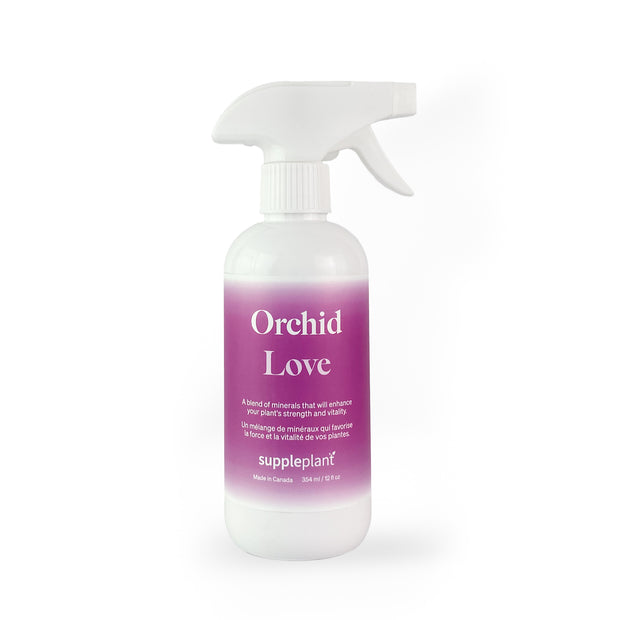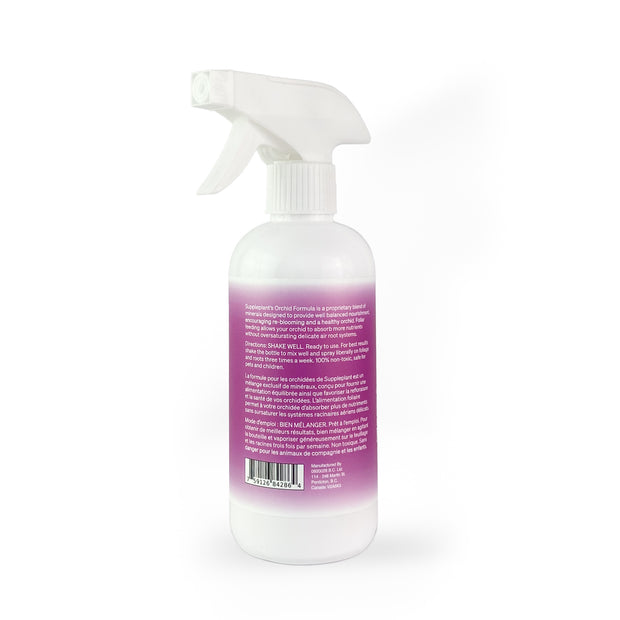














The Best Indoor Plant Care Products
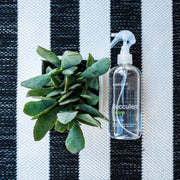
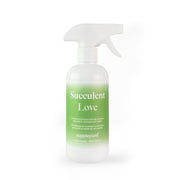
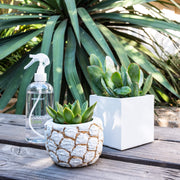
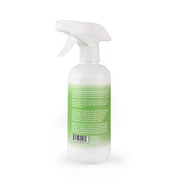


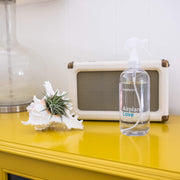
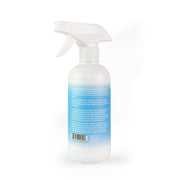
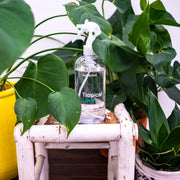


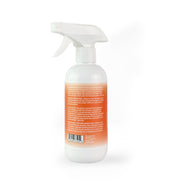
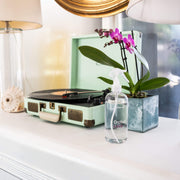
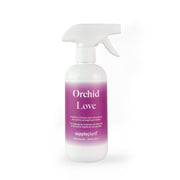
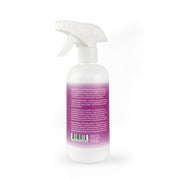
Suppleplant
Trace Mineral Magic
Trace minerals are inorganic nutrients that support biological functions. Each mineral serves a different purpose but each is equally important.
Trace Minerals and why they're important for your House Plants
Some plant owners may think that a little bit of water here and there will adequately take care of their beloved plant children. While that may be true for some resilient and flexible plants, most need a little extra. To that point, even if your plant is surviving alright on just water, it probably would love some more minerals in its life. This is where an indoor plant fertilizer with trace minerals come into play.
Trace minerals are inorganic nutrients that support biological functions. Each mineral serves a different purpose but each is equally important. Let’s take a look at five of the key minerals included in Suppleplant to get an idea of how they support your indoor plant’s health.
Key Trace Minerals
Nitrogen: Nitrogen is a kind of super protein for plants. It is a major component of amino acids, which are what protein is comprised of. So, without trace elements of nitrogen in the soil, a plant will wither away and die.
Potassium: Potassium plays many roles. It helps regulate the intake of CO2, triggers essential chemical plant processes, uptake of water through roots, aids in reproduction and improves drought resistance. This mineral is often considered the “quality nutrient,” as it is only second to nitrogen in importance and it contributes to size, color, shape, and other common benchmarks used to measure the health of a plant.
Iron: Iron is key in helping a plant produce chlorophyll, which is how a plant receives oxygen and maintains its luscious green coloring. Without iron, a plant may look sickly and yellow. It also helps to produce energy to keep a plant looking lively.
Phosphorus: Phosphorous plays a big role in respiration, energy storage, and photosynthesis. Getting down to the basics, it aids in cell growth, division, and expansion which help the plant mature and carry out all of its necessary processes.
Zinc: Zinc is a big player in enzymes and amino acids. It’s one of the necessary nutrients for plants but it must exist in the soil only in small amounts or it will do more harm than good. Using a Suppleplant formula featuring zinc is the best idea because it already contains the perfect balance of the mineral.




